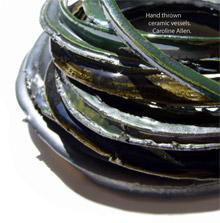Daria Ložnjak Dizdar (Institute of Archaeology, Zagreb)
Once the first fibulae had appeared, a creative boom occurred in the number of types and methods used in decorating items worn in everyday life. Although the locations of workshops have still not been pinpointed, the circles of production have been identified in the literature. From ordinary brooches for clothes to decorative items appearing in richly furnished graves of girls in the Early Urnfield culture, one witnesses a perennial desire of the maker of an item to embellish the object once he had made it functional. Certain types soon acquired the role of prestigious objects with a prominent decorative function (e.g. passementerie fibulae). Distribution maps point to distinct production circles that communicate with each other, exchanging knowledge, ideas and objects. Taking into consideration the finds from closed assemblages of 12th-c. date (primarily from hoards, more rarely from graves), one is surprised by the dynamics of the transfer and subsequent creative transformation of ideas. In fact, to this day an object has remained in use that is very similar to a type of fastener that appeared in large numbers at the beginning of the Late Bronze Age precisely in the area of southern Pannonia/northern Croatia – a simple safety pin.


